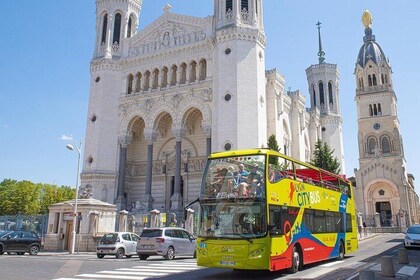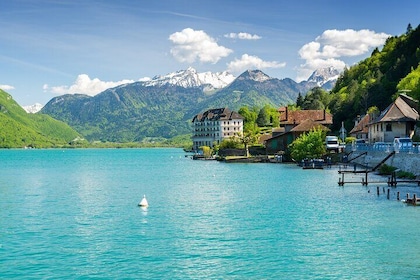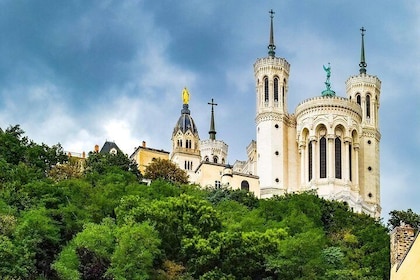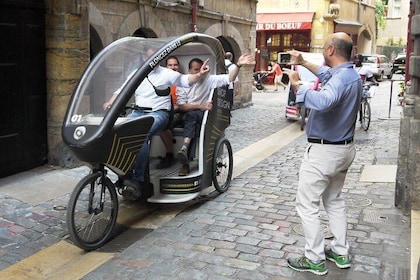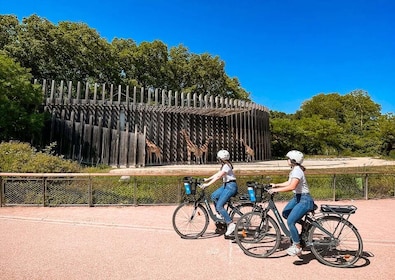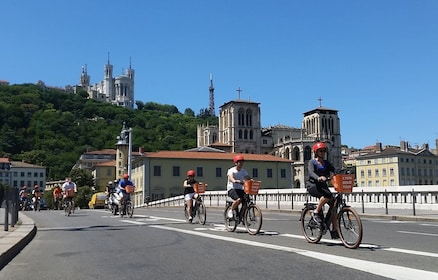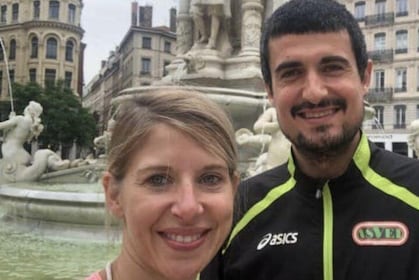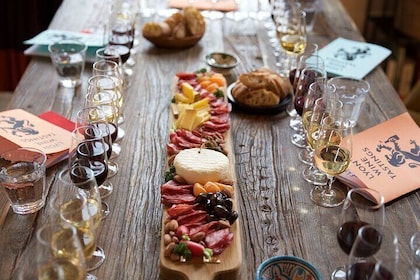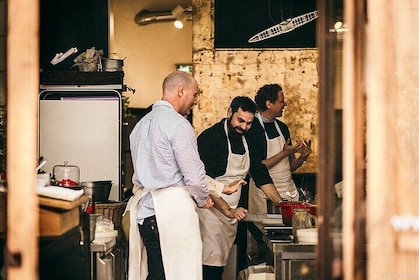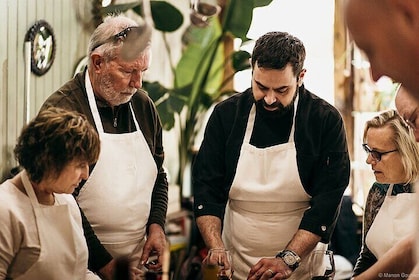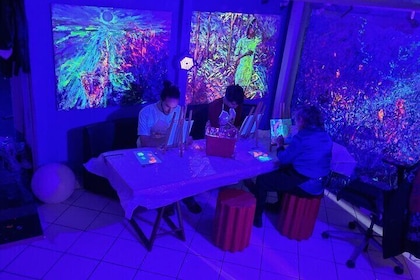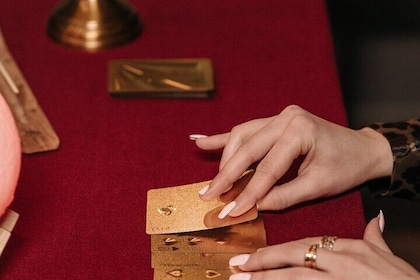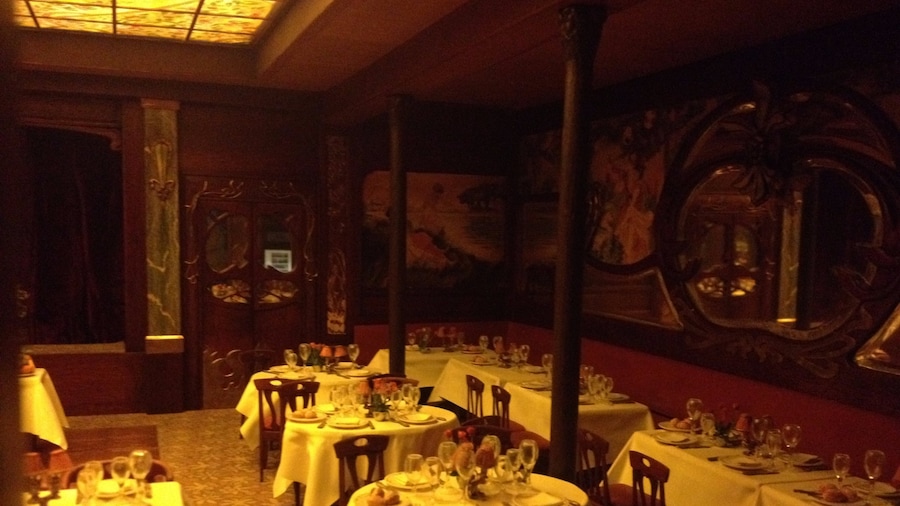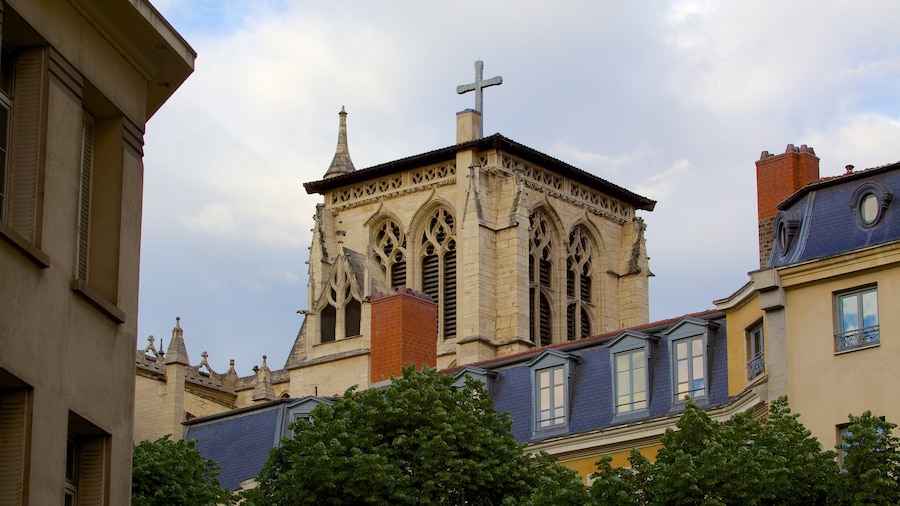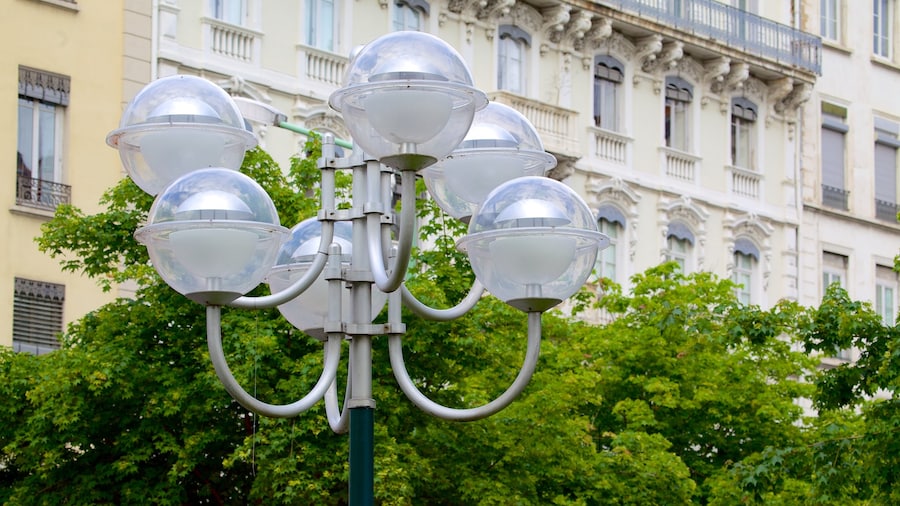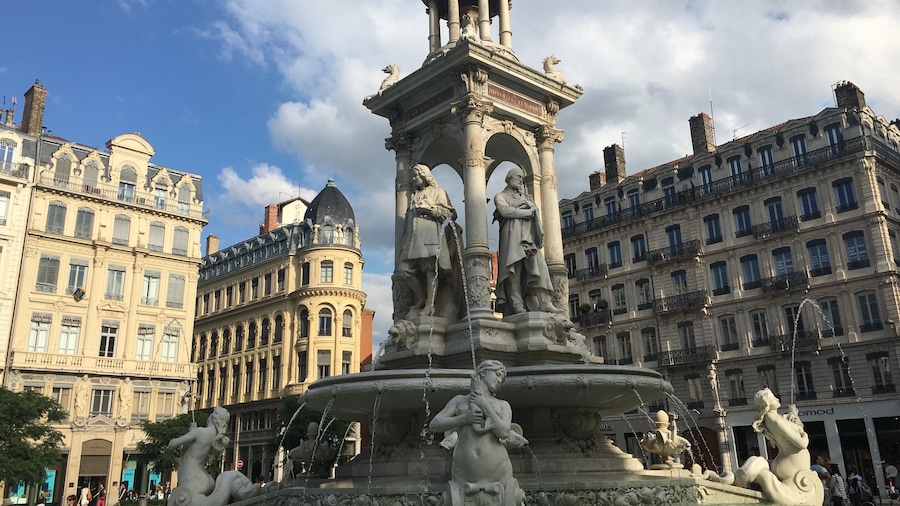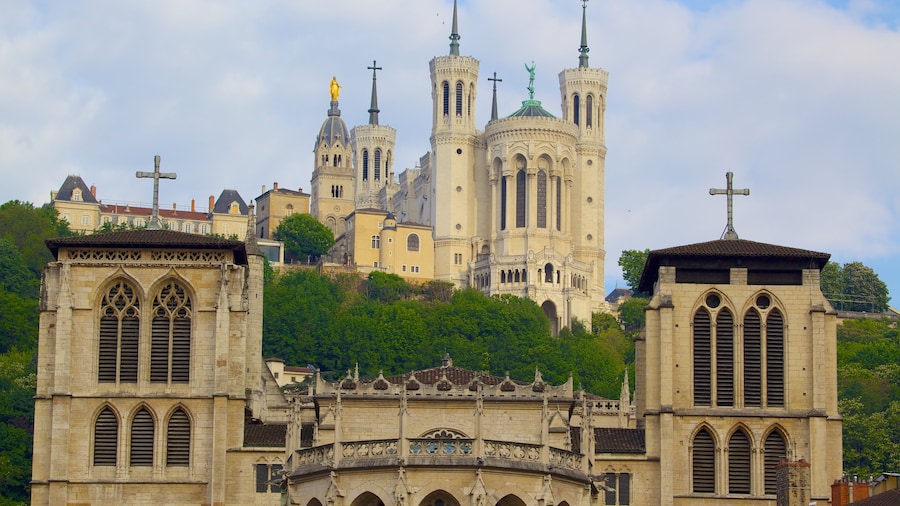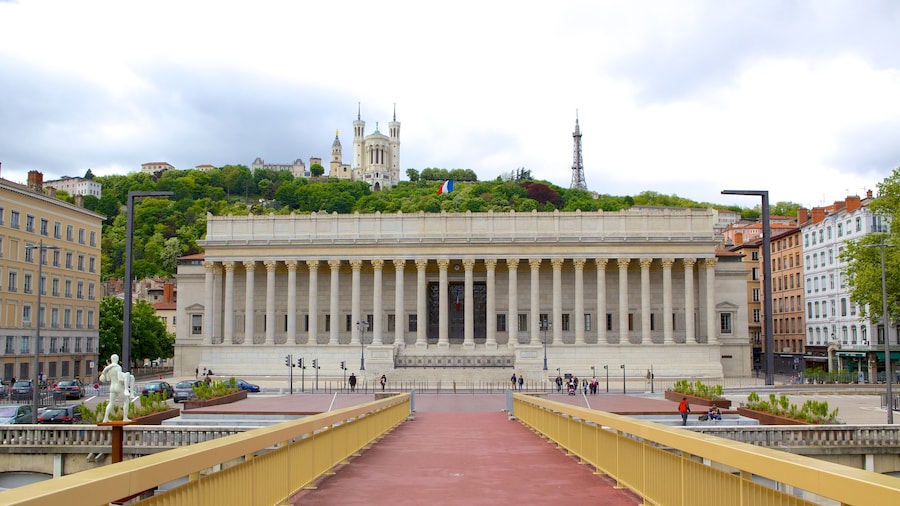Take a guided tour of this fine example of neoclassical architecture to learn about the rich history of the French legal system.
The historic Lyon Courthouse is an icon of neoclassical design from the early 1800s. It is considered an architectural masterpiece with its many columns, steps and symmetrical elements giving it a stately feel. Capture photos of this immense structure that is responsible for upholding justice in the region and has hosted many famous trials over the years.
Take a romantic walk along La Saône River in the evening to see the courthouse illuminated in golden light. Note its grand features reflected majestically in the water. Take an individual or group tour of the historic structure in the afternoon to learn about its history and the important role it has played in the region’s justice system. The Appeals Court and the Assize Court, which is a type of criminal trial court, continue to take place here while other functions have shifted to another courthouse.
Appreciate the façade’s fluted columns, monumental staircase and Corinthian capitals. Architect L-P. Baltard designed the structure, which took a decade to build. Discover the Room of Lost Steps, an enormous hall with a 50-foot-high (15-metre) ceiling. It is named for the vain wait by people waiting for judgments. See the commemorative plaque in honour of Dr. Edmond Locard, who is considered a pioneer of criminal forensics.
Among the courthouse’s most high profile cases is the 1987 life imprisonment of Klaus Barbie, who was a member of the Gestapo during World War II.
The structure is also known as the “Palace of the Twenty-Four Columns” highlighting its neoclassical design. The site was built in 1835 on the same spot that several other courthouses have occupied since the 1400s.
The Lyon Courthouse stands on the west bank of La Saône River in the heart of the city. Its location, near the Quai Romain Holland, is close to many popular attractions, such as the Miniature Museum and Theatre and the St. John the Baptist Cathedral. Take the metro or the city’s funicular system to the Vieux Lyon stop and walk north for a few minutes to reach the courthouse.





